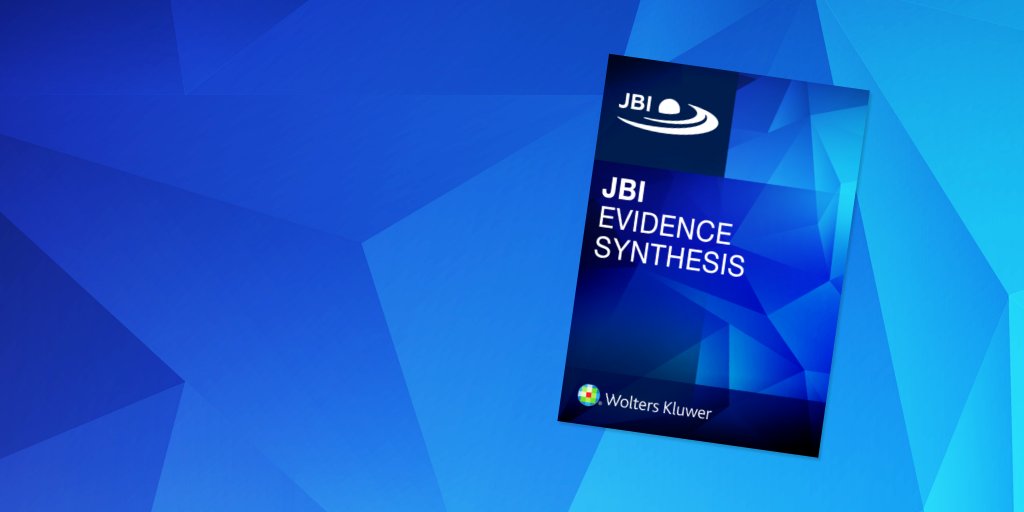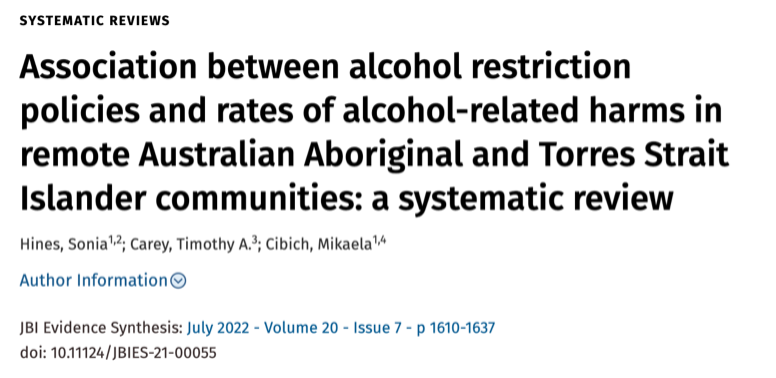
Despite an ever-increasing number of people with dementia, providing quality dementia care
remains a challenge all over the world.
remains a challenge all over the world.

Accessing and navigating care are often challenging for people with dementia, caregivers, and the care team.
Patient navigation programs are one possible avenue for improving dementia care. Patient navigation is a person-centred model of care.
A “navigator” works with a client to help them navigate the health and social care systems, and overcome barriers to access services and resources. 

The client can be a service user, a caregiver, or a member of the care team.
A scoping review explored how patient navigation programs can improve care coordination.
Scoping reviews can organise the vast amounts and diverse range of available evidence to reveal a view of a comprehensive whole.
The results of the review helped lay the foundation and fully inform the research for developing a patient navigation program. 

The results also supported implementation of a pilot program in New Brunswick, Canada.
The scoping review and accompanying editorial can be found in the February 2023 issue of JBI Evidence Synthesis, links below👇
Editorial: ow.ly/BW6b50MUY7X
Scoping Review: ow.ly/vJhL50MUY7Y
#JBIEBHC
Editorial: ow.ly/BW6b50MUY7X
Scoping Review: ow.ly/vJhL50MUY7Y
#JBIEBHC

• • •
Missing some Tweet in this thread? You can try to
force a refresh


















